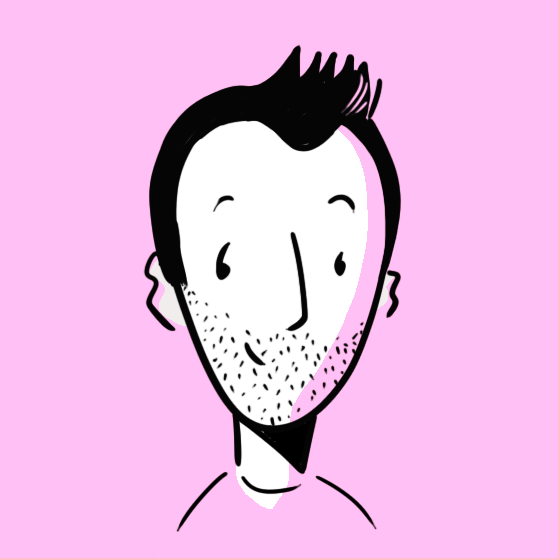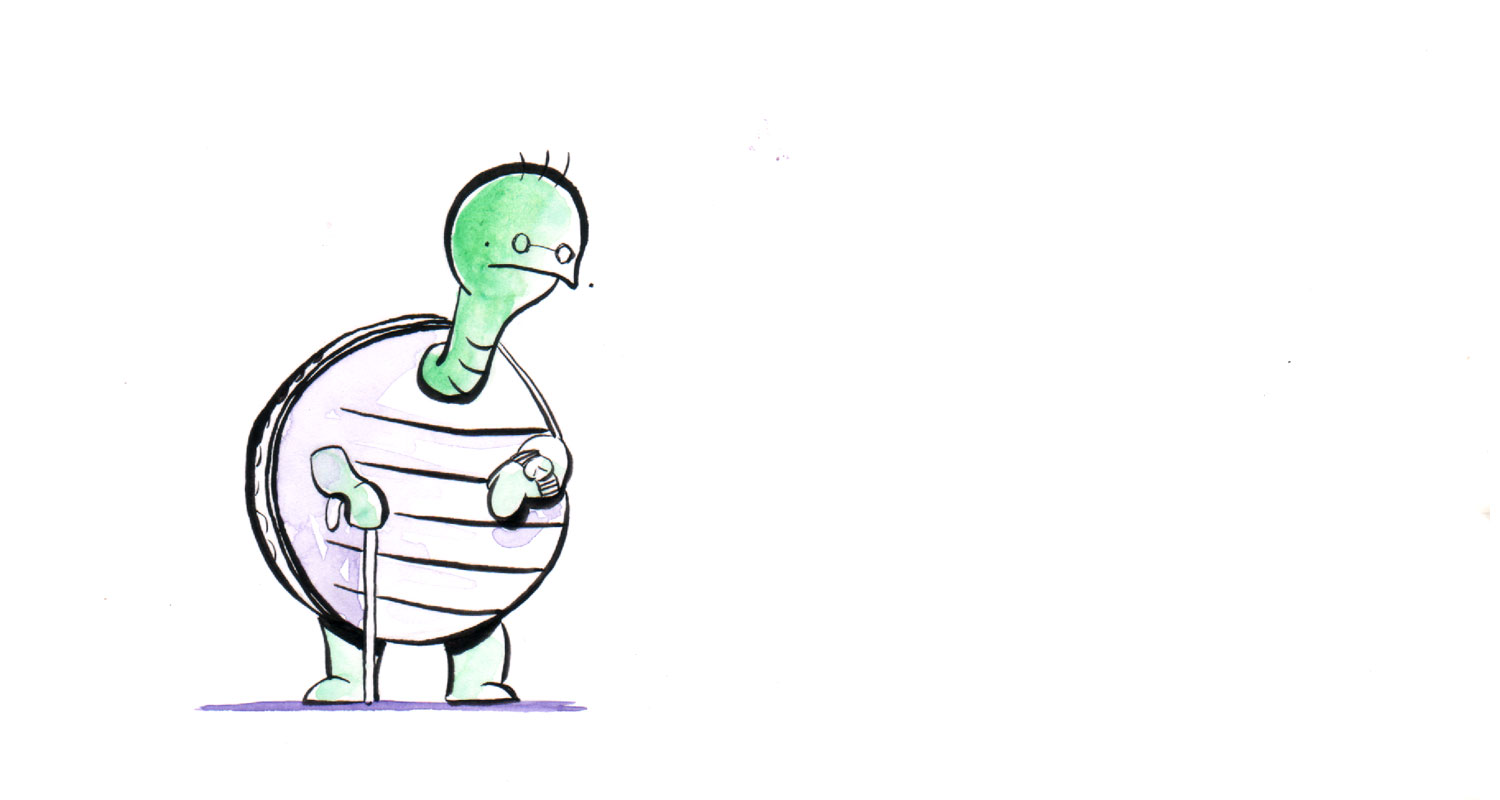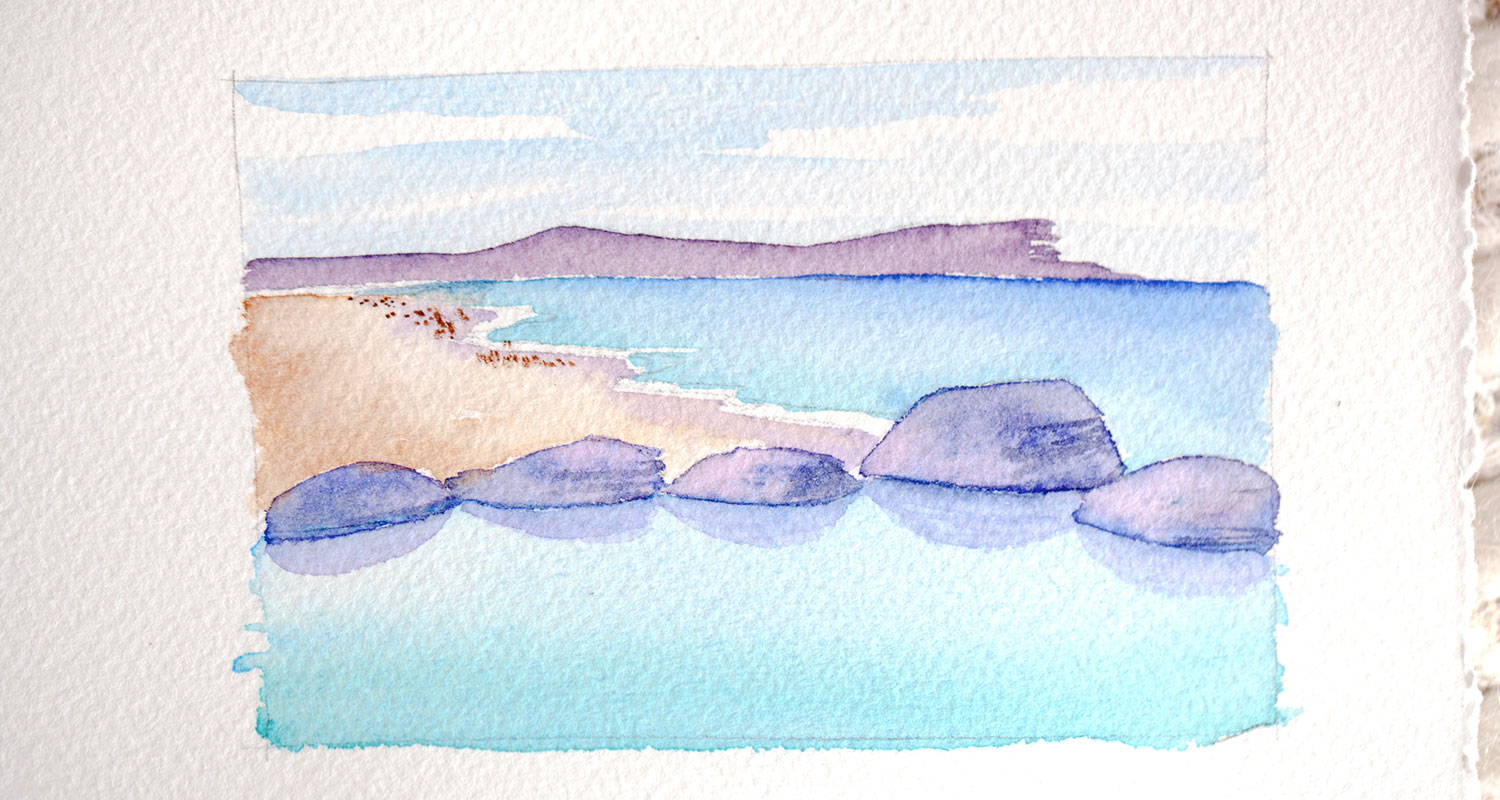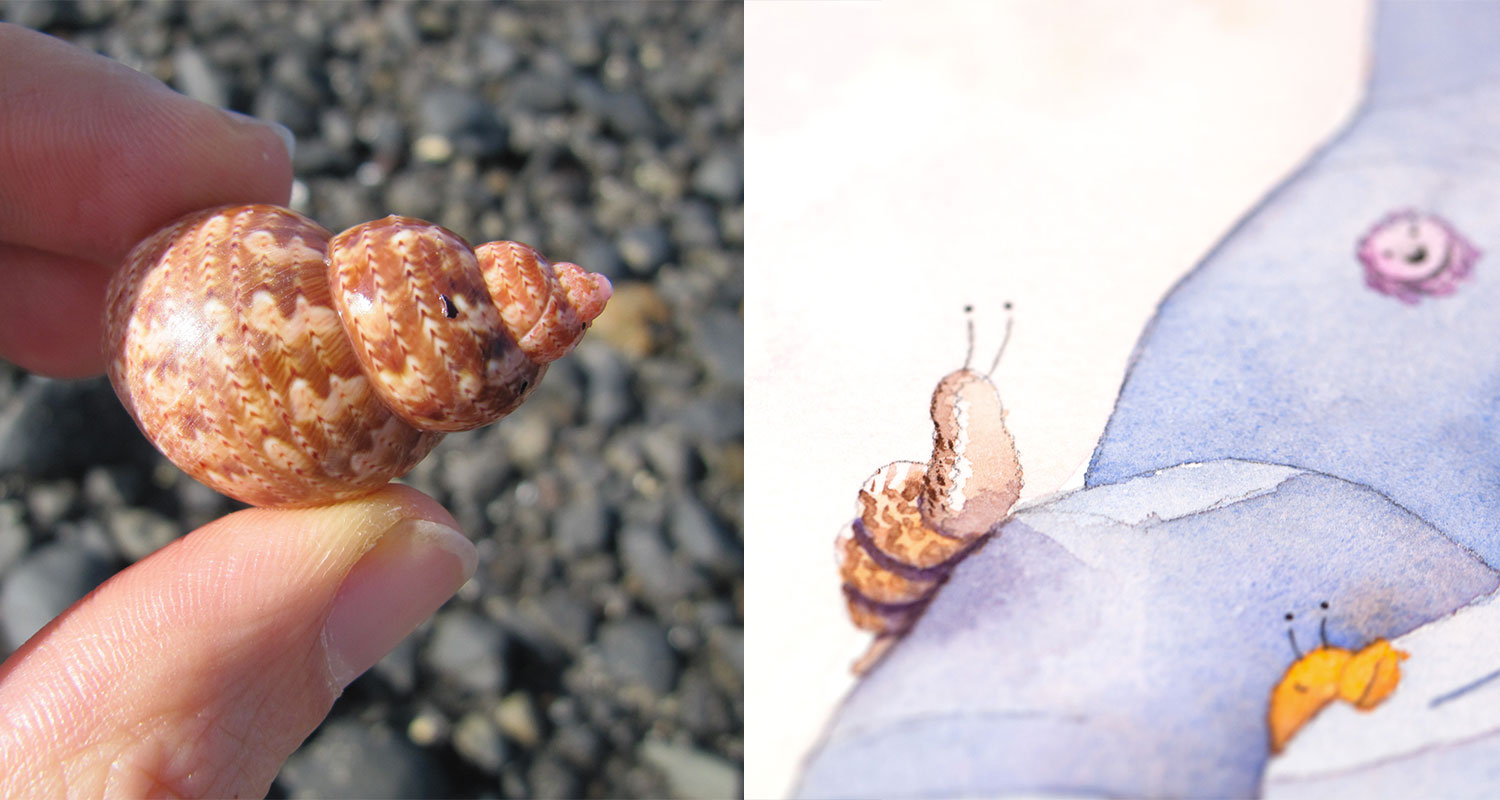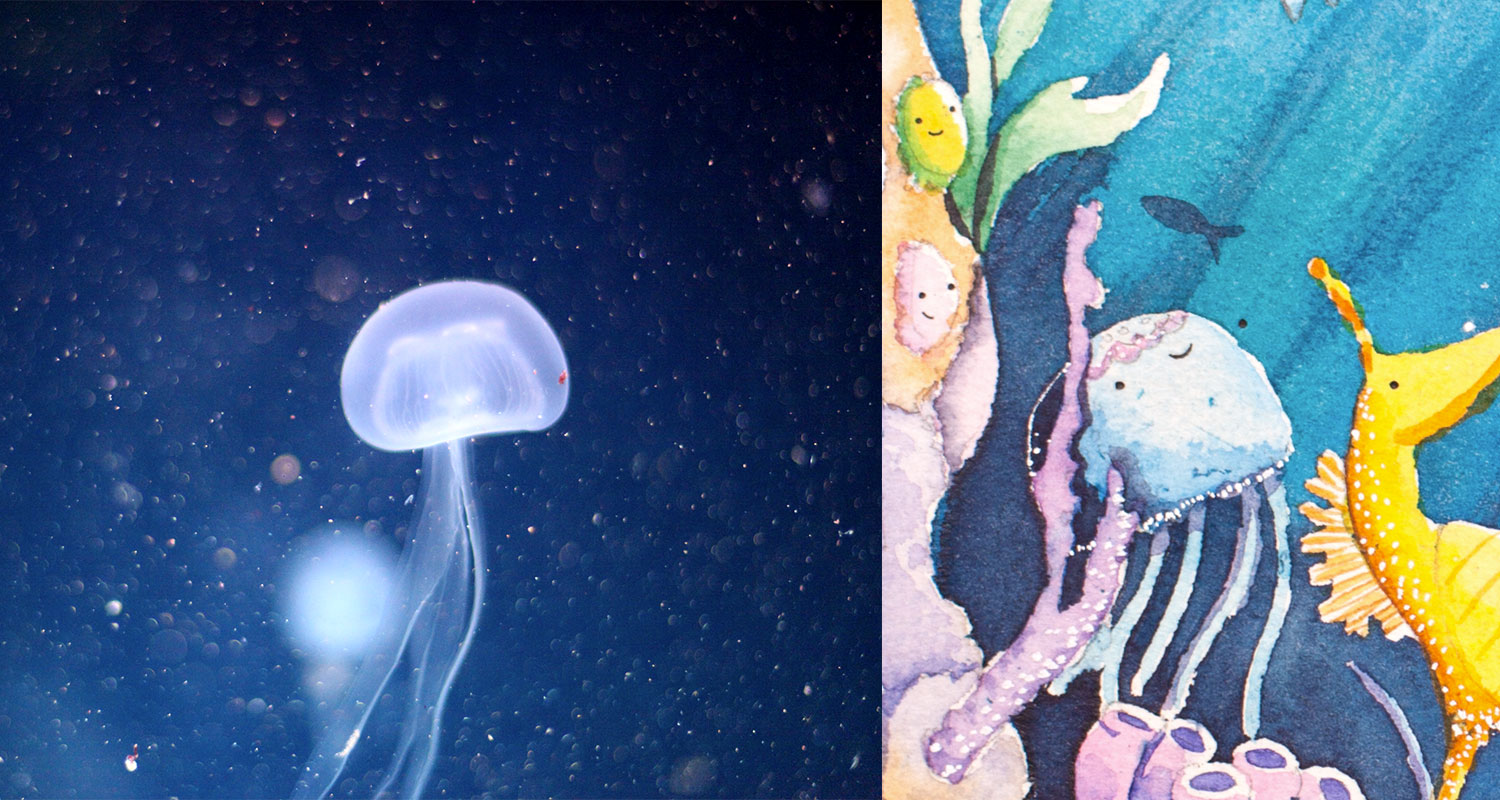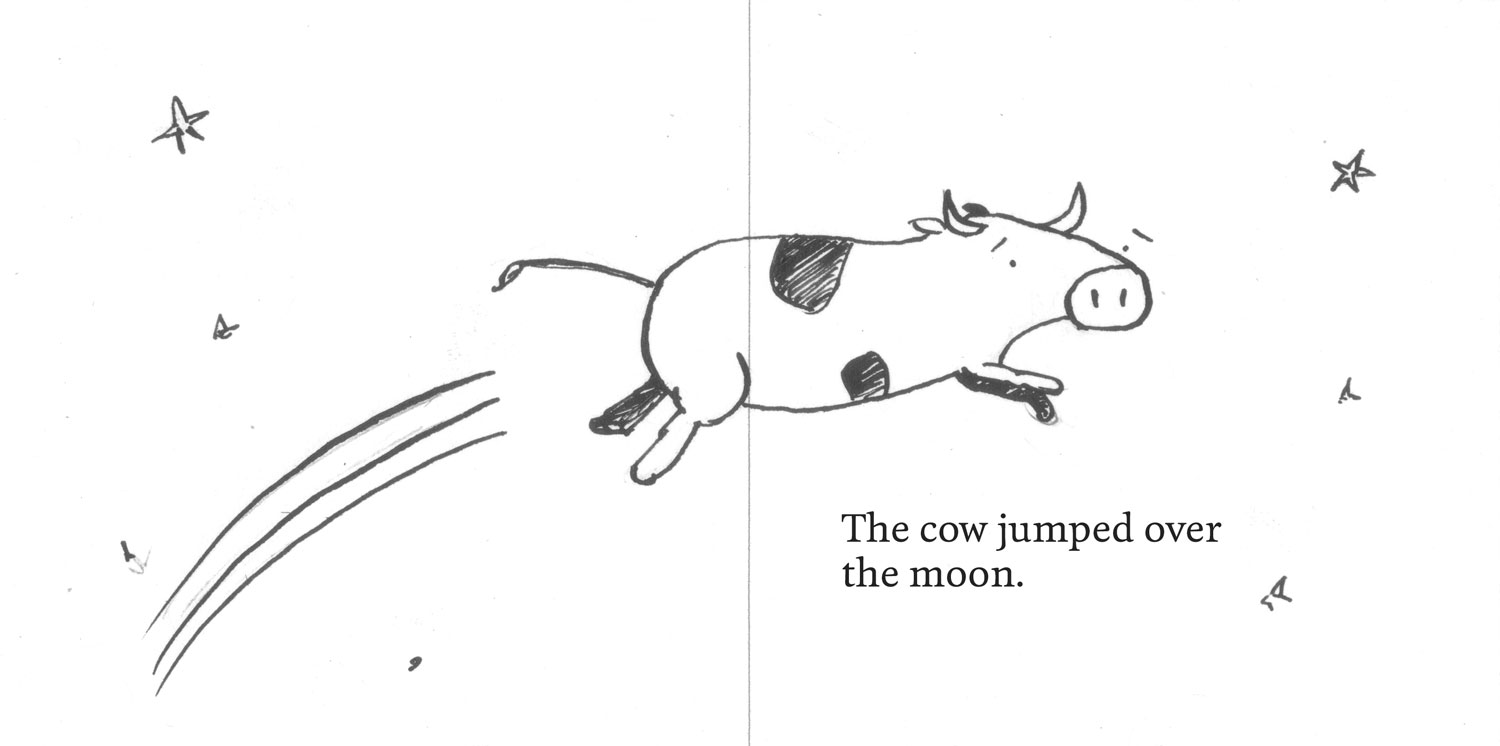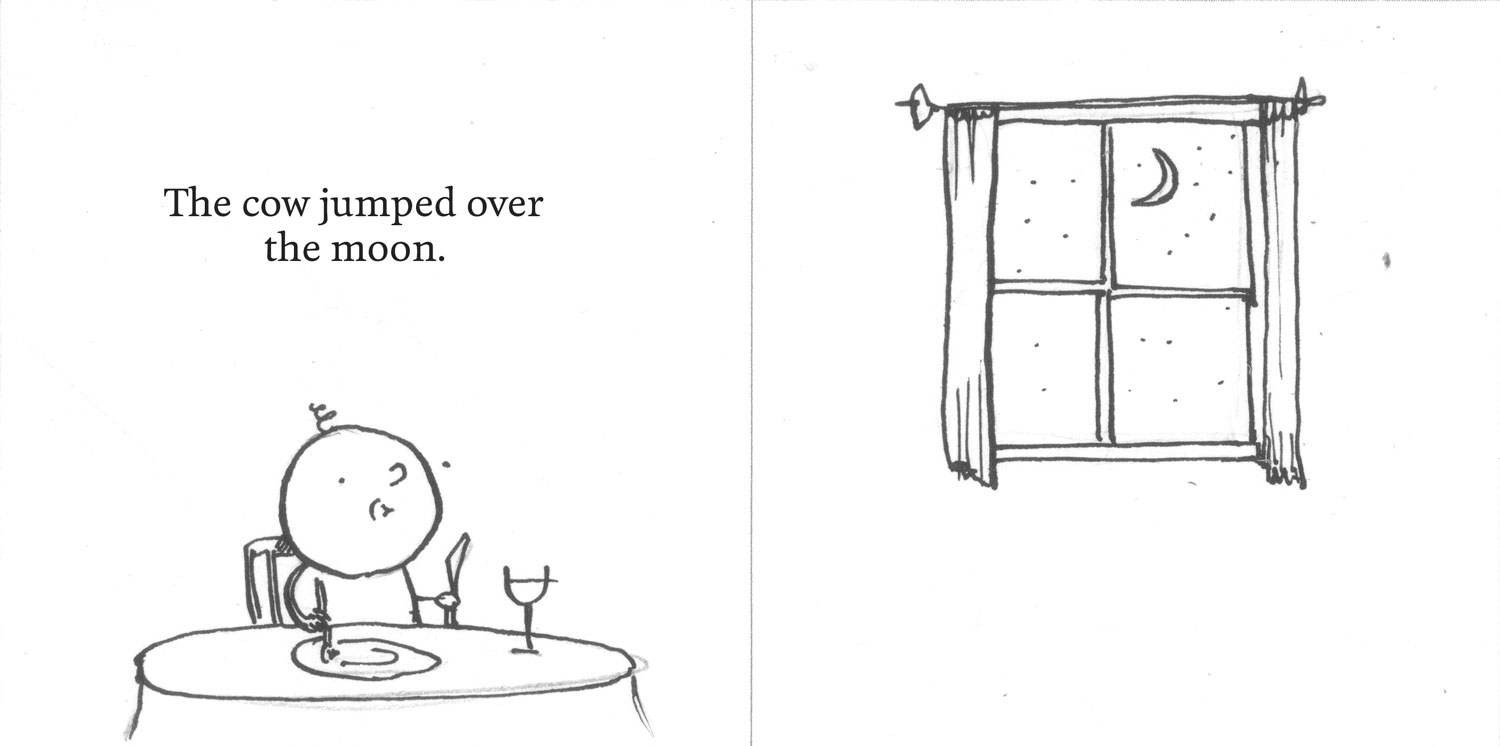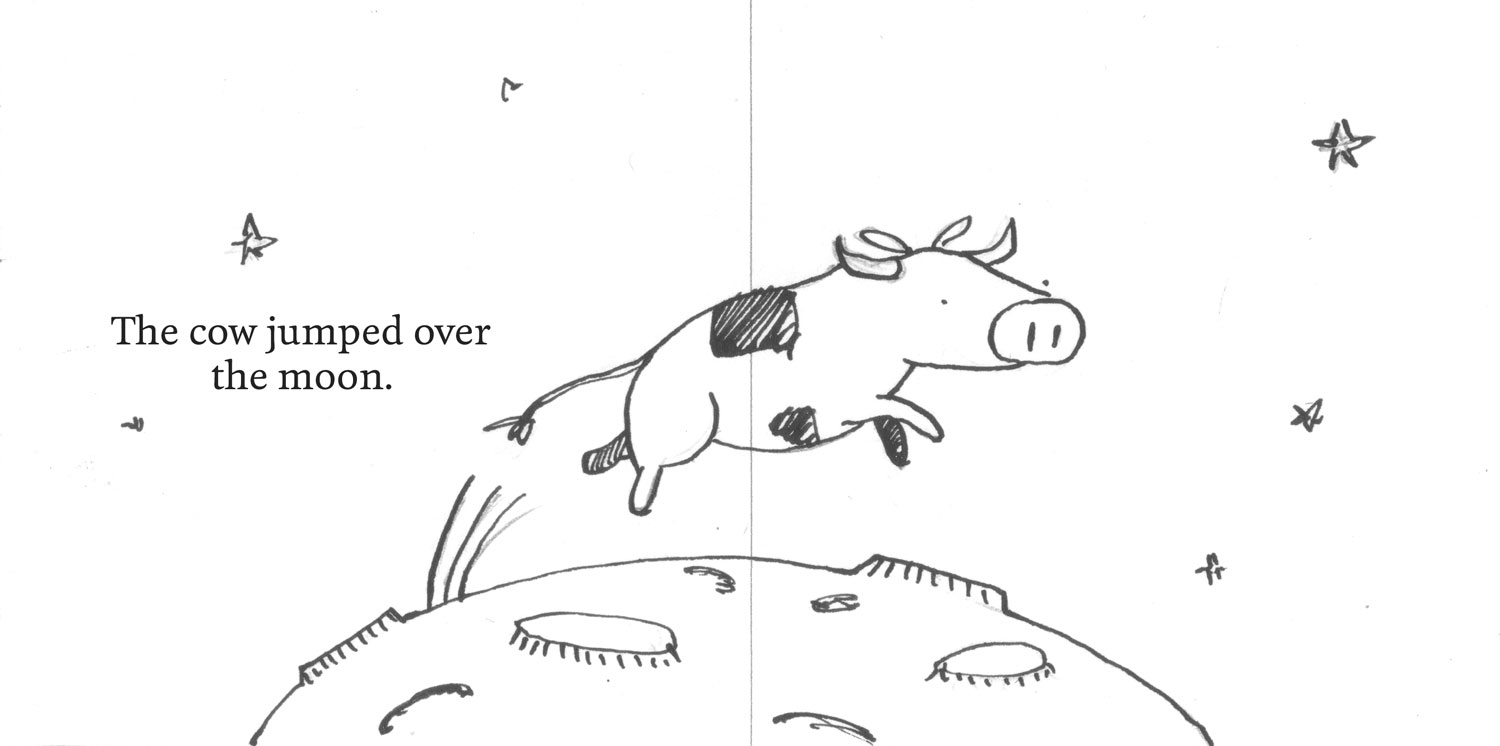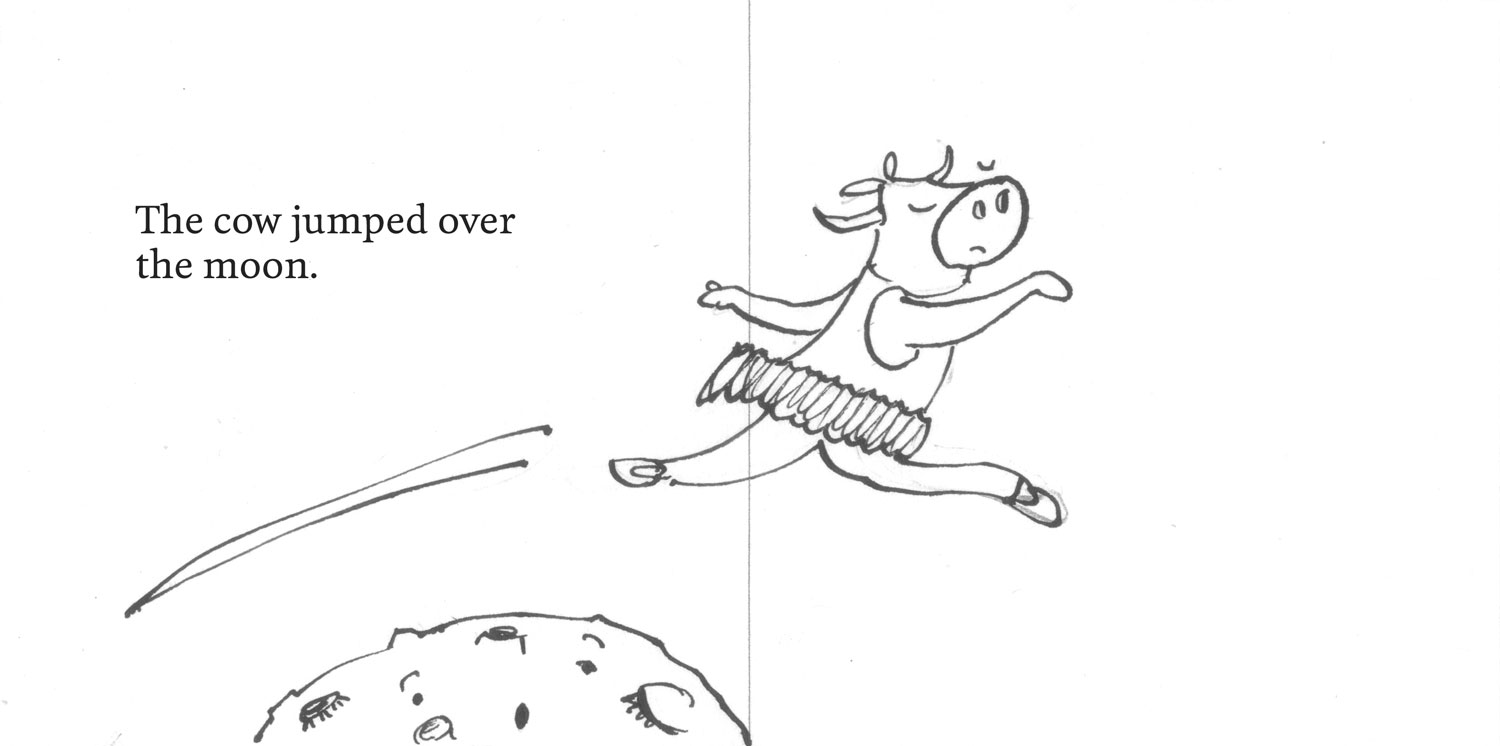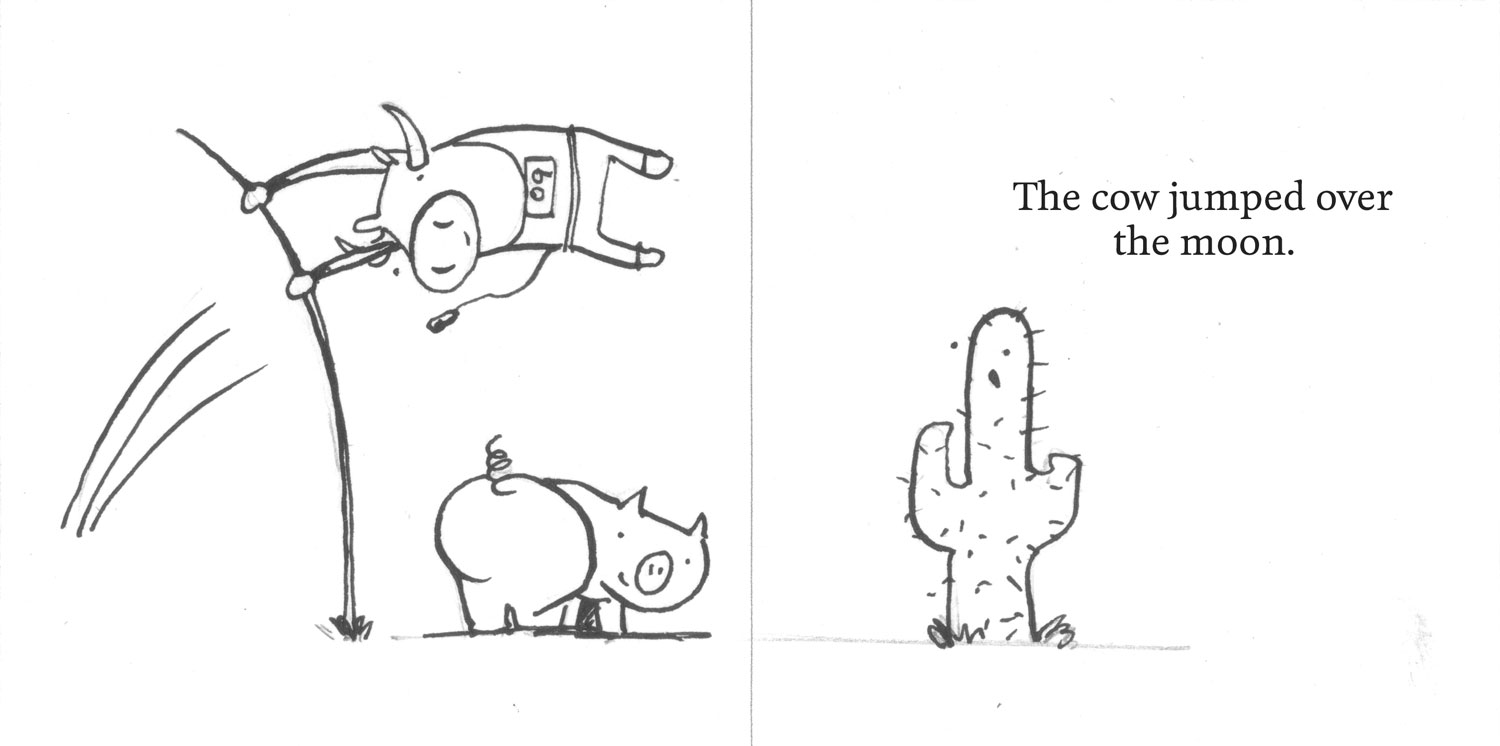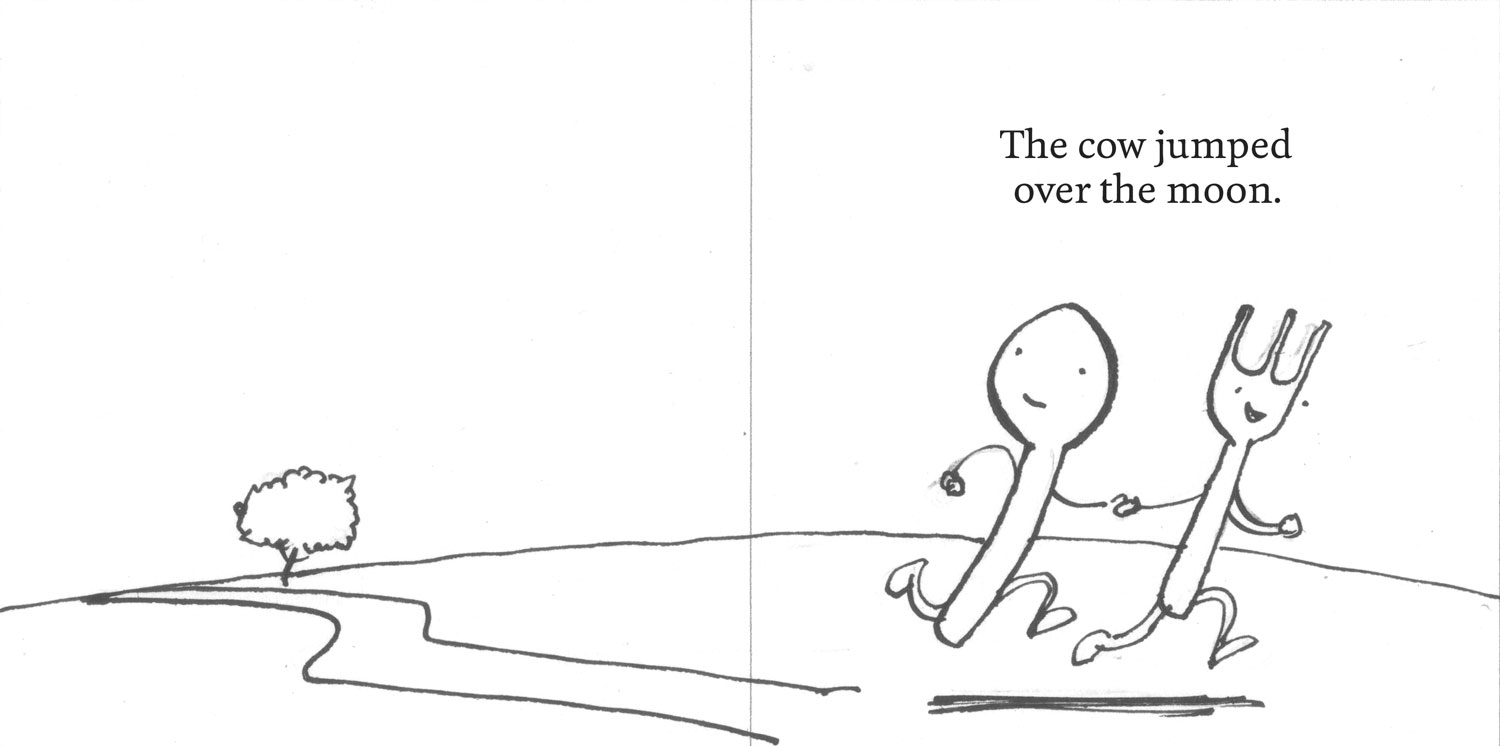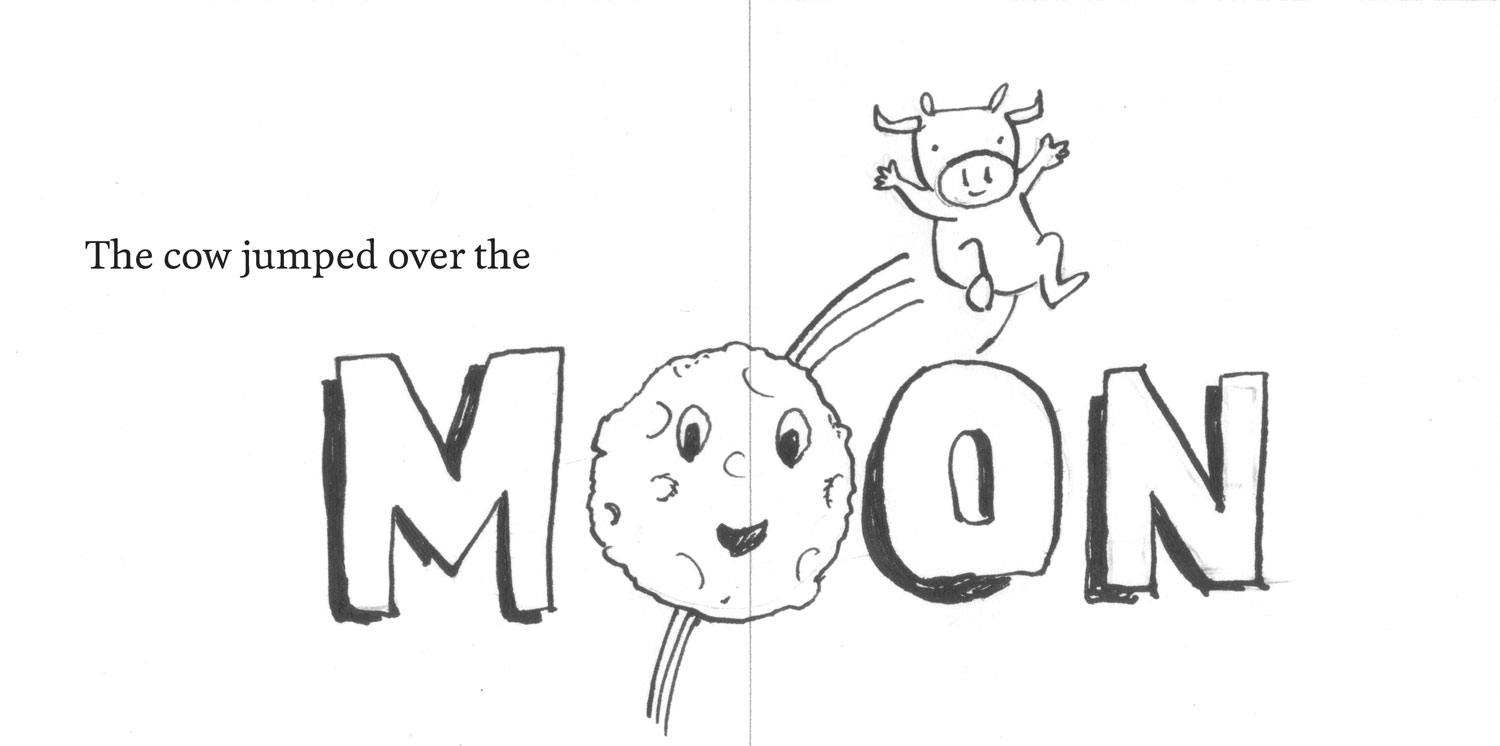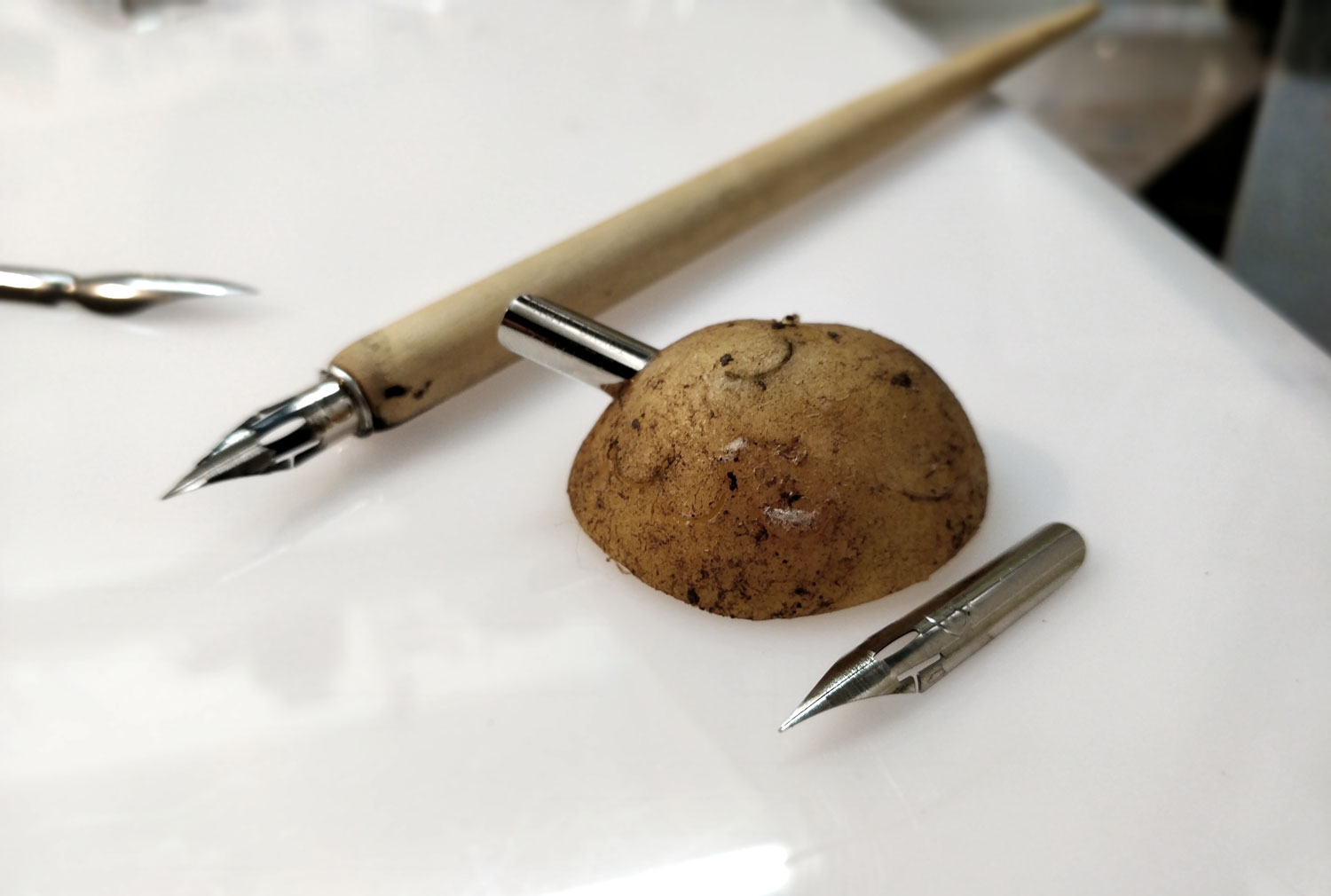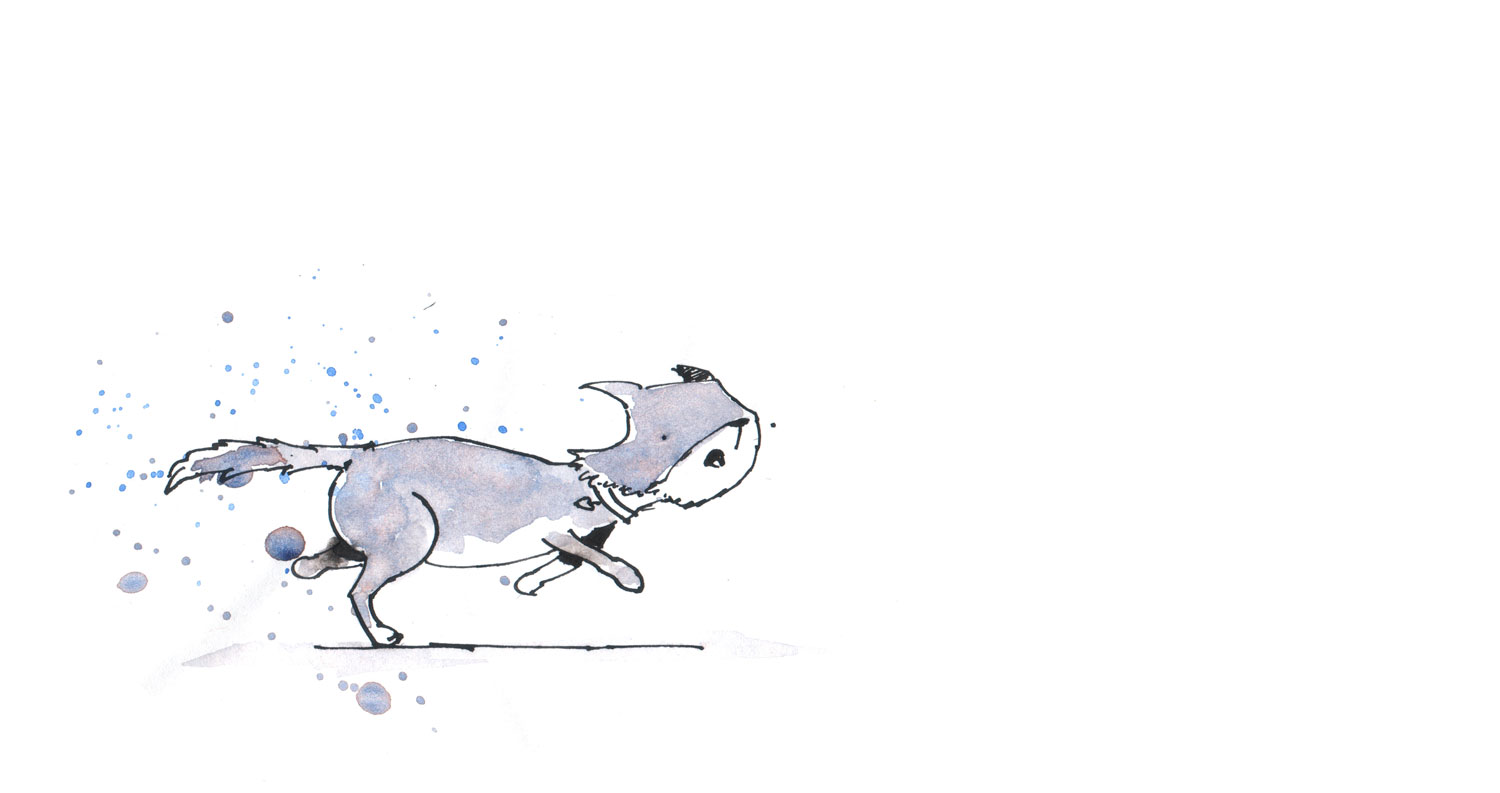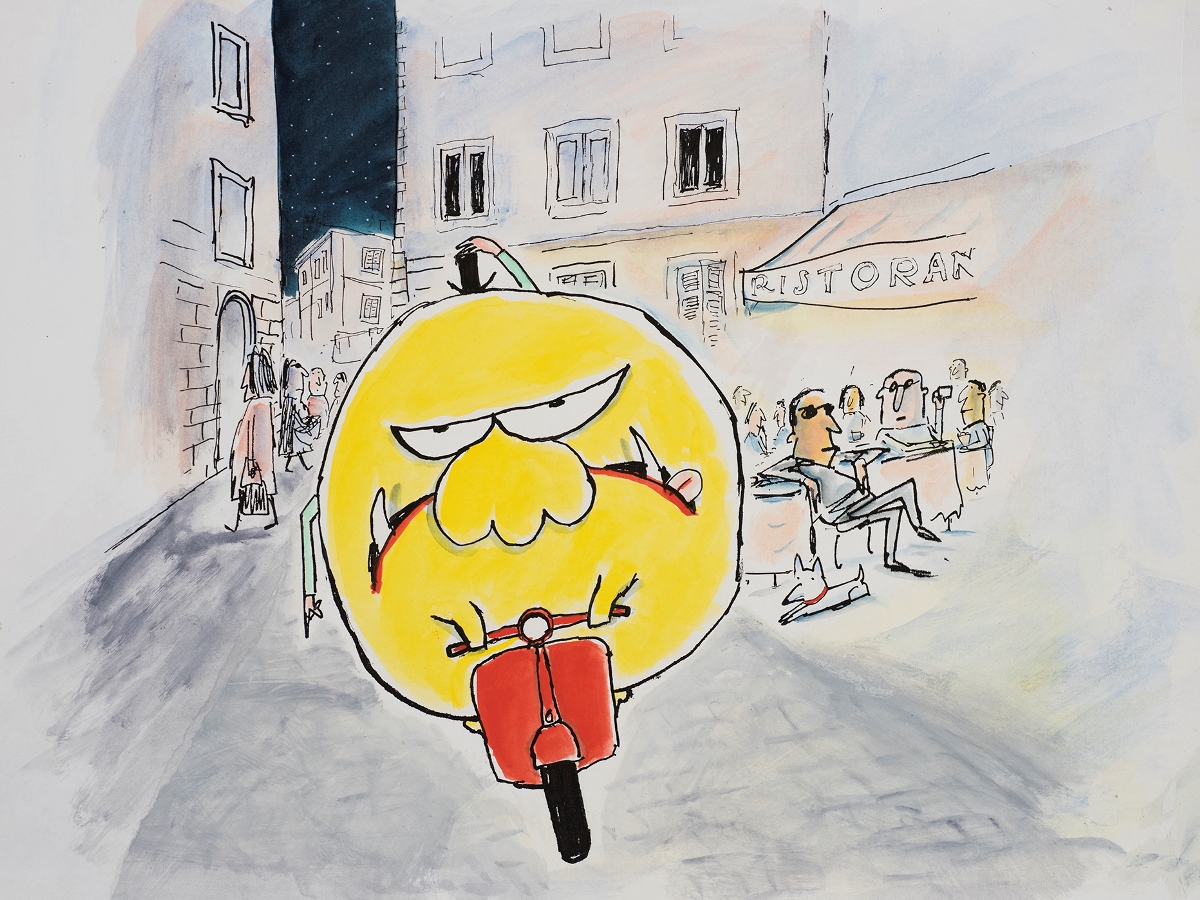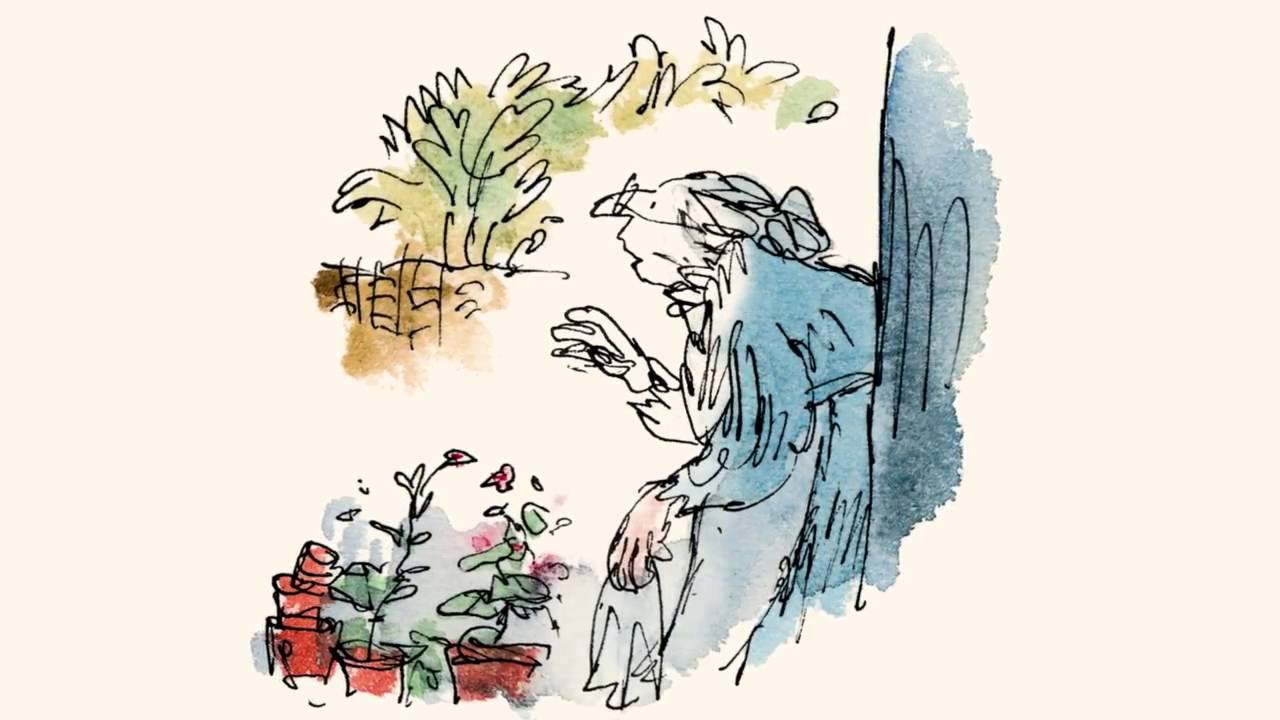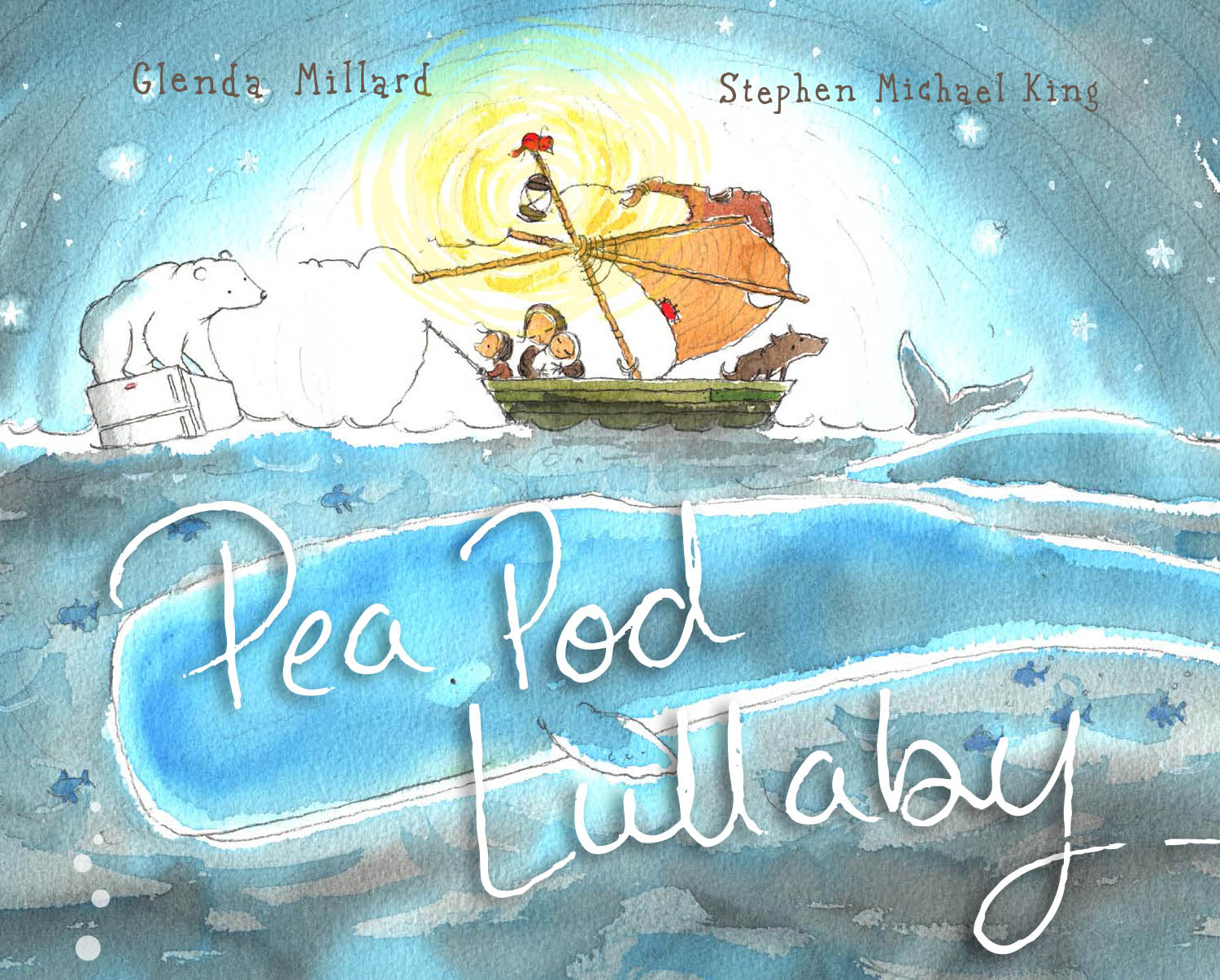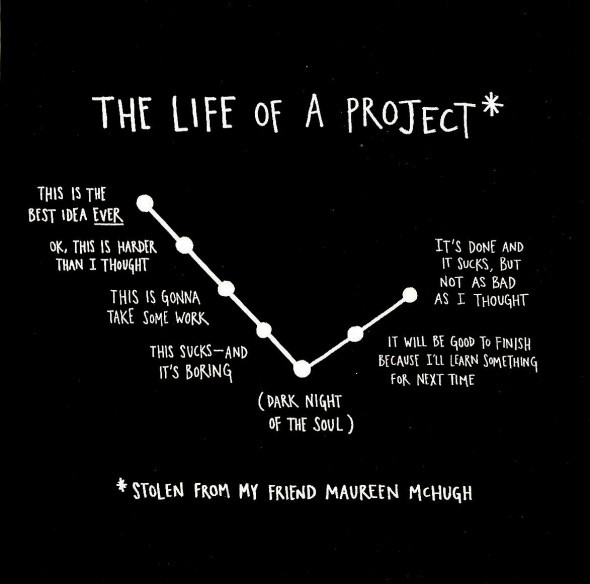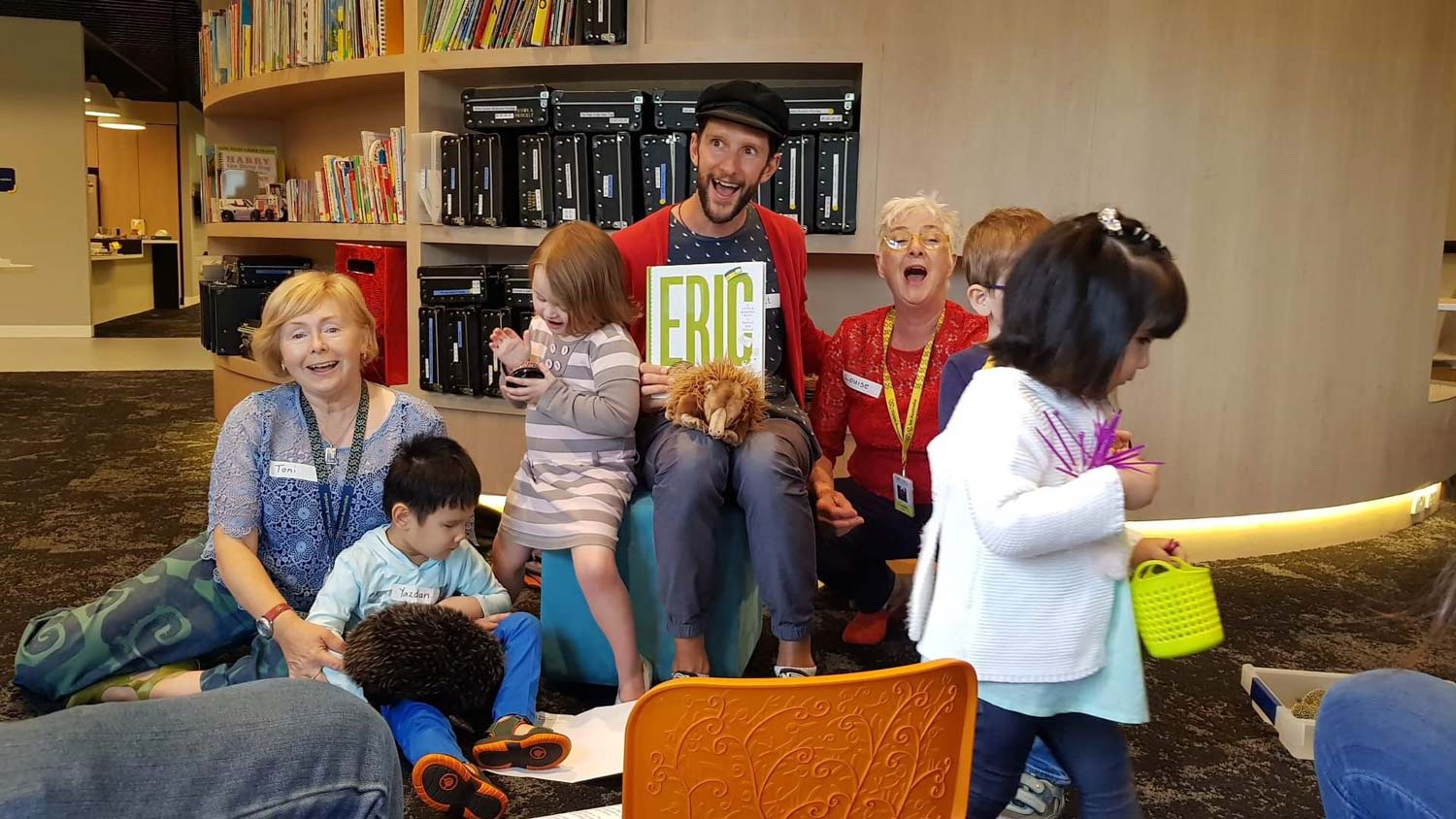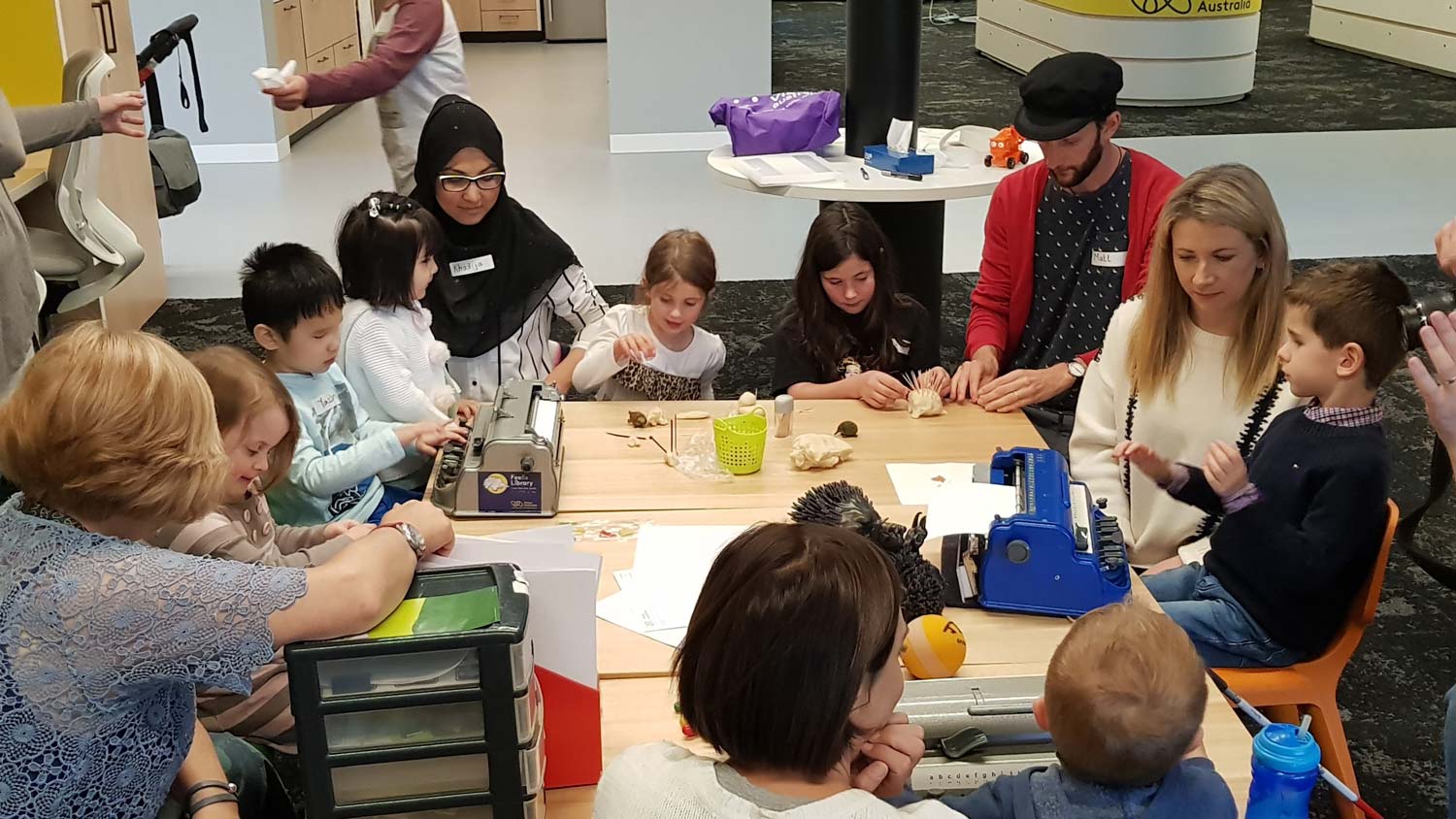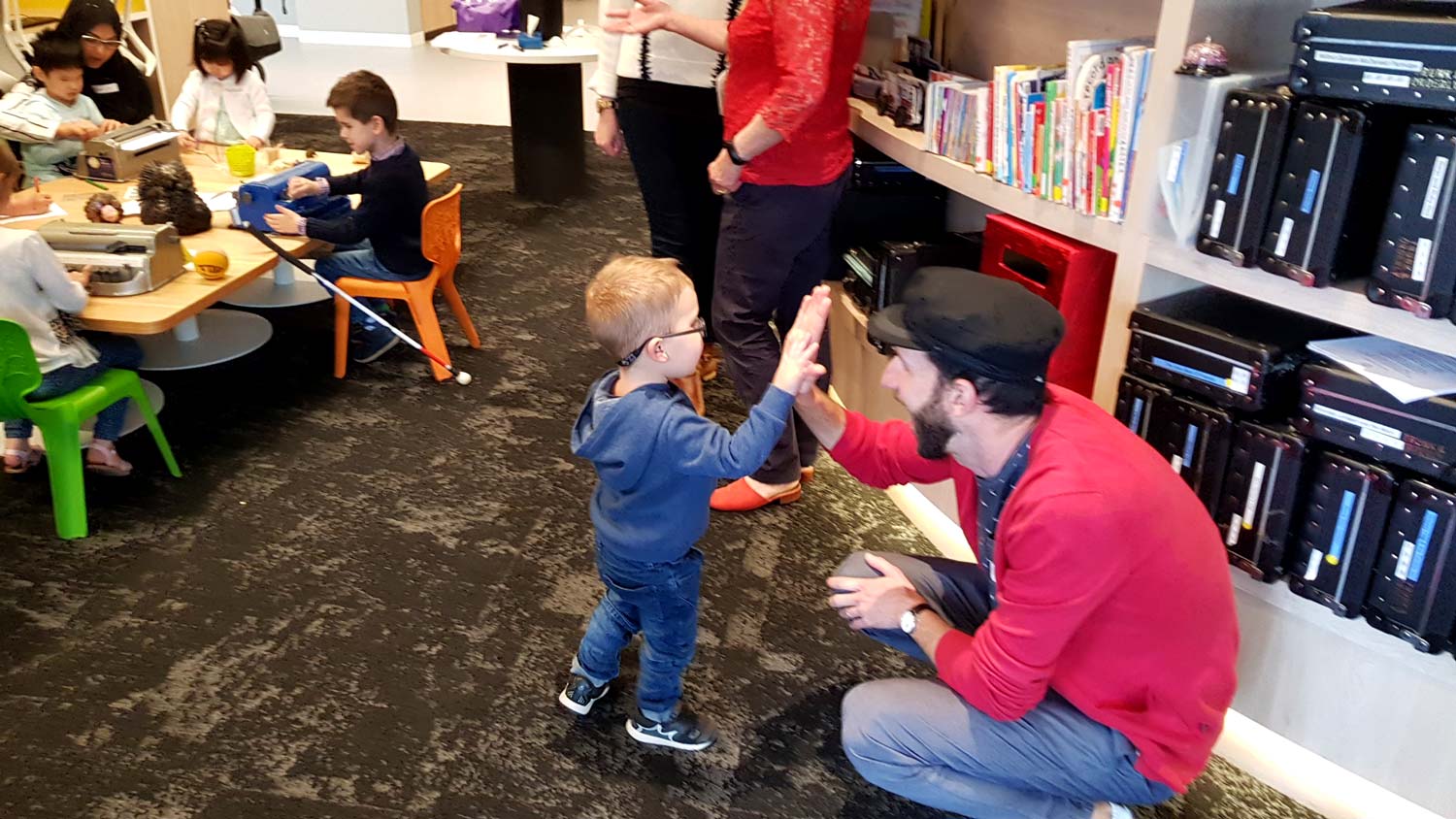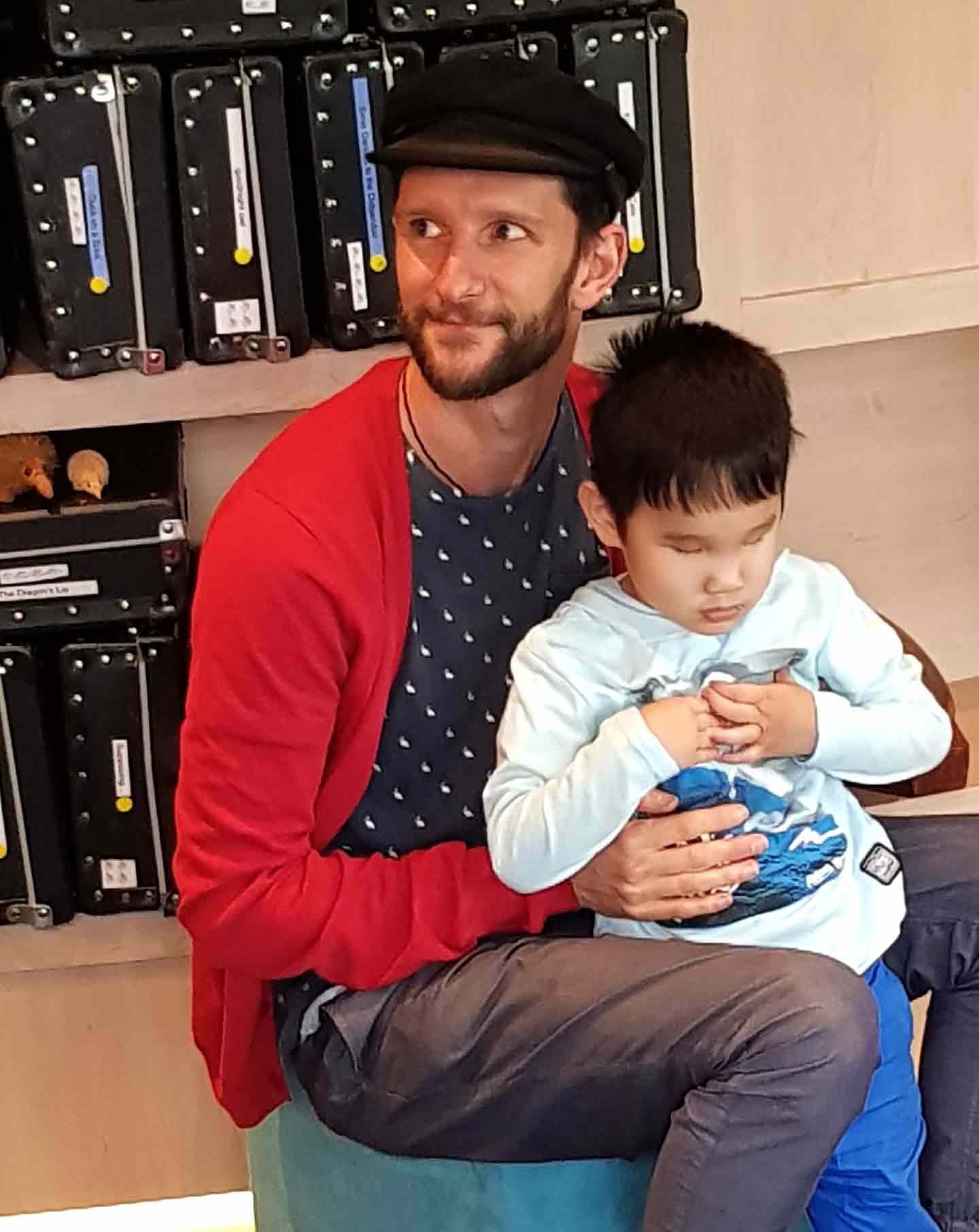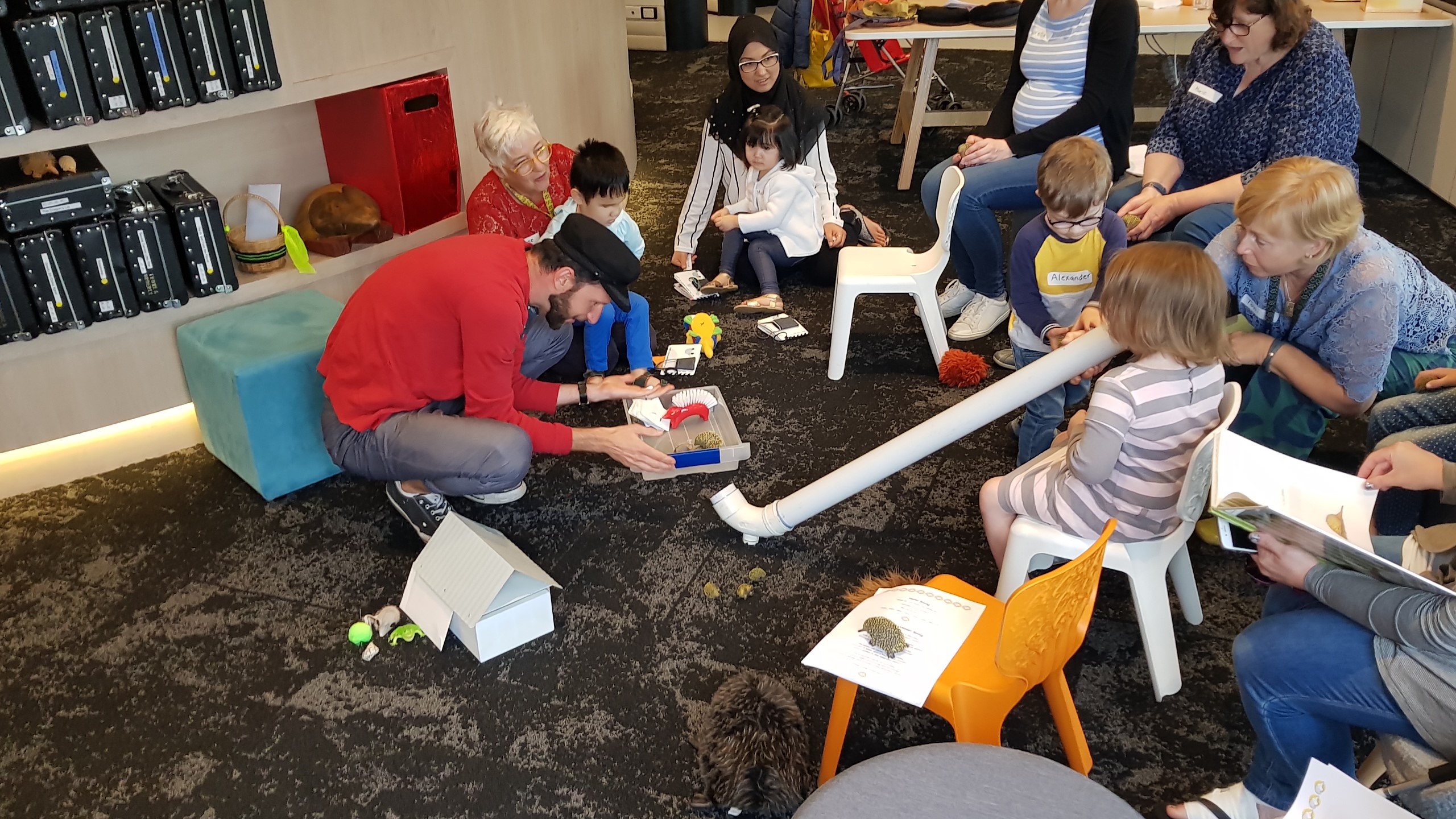Having now worked with several editors in the publishing industry, I can’t help but think that, to an outsider, the job title doesn’t do them justice.
To someone from outside of publishing, Editor seems like a pretty self-explanatory job: someone who edits. This brings to mind tasks like:
- Removing erroneous or incorrect words or sentences,
- Checking grammar, and
- Looking for spelling mistakes.
But Editors do far more than ‘edit’. Here’s how it works in a very very simplified way.
The author (let’s say me), has an idea. I think it’s a pretty good one. I might write some words and draw some preliminary sketches to get my idea into a shareable format. That first ‘share’ probably goes to my agent. It’s nice to have a second set of professional eyes go over a piece of work and provide feedback on whether the vision is clear enough yet to bother an Editor about it.
Once my agent and I are happy (likely after a few rounds of drafts), we’ll share it with an Editor. And this is where it veers from ‘editing’. The first thing they do is appraise the vision. They seek to answer the fundamental question – Is this something the world needs to see? If the answer to this is yes, they’ll acquire the idea.
In acquiring the idea, they’ll provide some suggestions for how it could be improved to make the vision clearer. These are not ‘copy edits’, these are big picture ideas. For example, in the very first version of Queen Celine, Celine ‘went back to school’ after she built the wall. She then returned to find the wall had been torn down by natural forces. Logical, yes, but it gave Celine absolutely no responsibility for fixing the situation. My editor, the lovely Nancy Conescu at Walker Books saw this before I did and brought this now obvious weakness in Celine’s story to my attention. Celine is the do-er. If she built the wall, we need to see her bring it down so the readers can see that she’s learned the valuable lesson. This is no copy edit. It required a fundamental re-thinking of the character and series of events that Celine would experience to reshape the story.
Book Editors are the expert, objective, and third-party brain that an author uses to enhance their vision. Editors are experts at seeing the tangle of threads that exist in a creator’s head. They know which threads to pull on to strengthen and enhance the story. And, don’t get me wrong, I still had to do ALL the work. The Editors I’ve worked with so far provide suggestions or direction for improvement, but in the end, it was up to me, the creator, to take that feedback and convert it into something even better than I was ever capable of doing on my own. Something that ensures the original vision remains clean and crisp.
I can only imagine how off-putting or de-motivating it would be for new people to the creative field to have someone change the fundamental shape of your work. The fear of it deviating from your original vision or the sense of losing control over your ‘baby’ would be frightening. But the proof is in the pudding. Editors are in this process for a reason and have been for a VERY long time. They are exceptionally smart and creative people in their own right. Their experience and training means they know what works and what doesn’t when it comes to telling stories. I’d be crazy not to relish any opportunity for the expert feedback. Even if it meant, ‘going back to the drawing board.’
The creator needs to rest assured; every best-seller, every classic, every book that children hold dear or that ever got to market, had an editor – a shepherd to guide them in making what, in the end, everyone wants; the best possible book that a group of humans can make.
